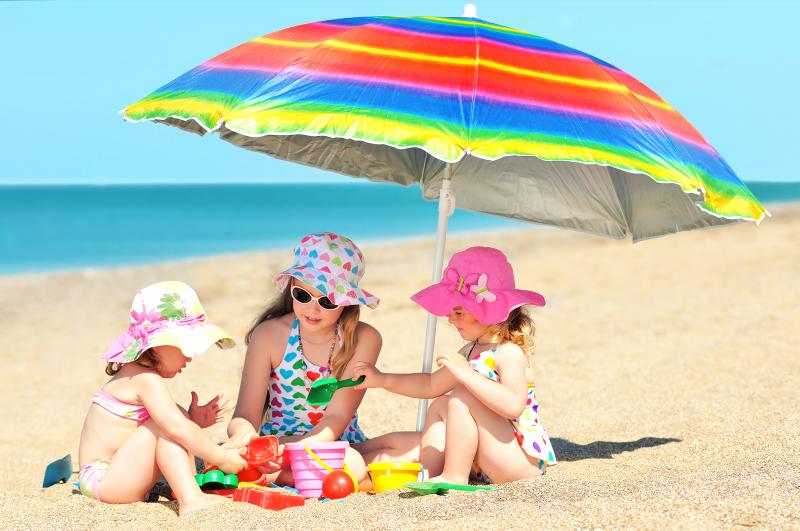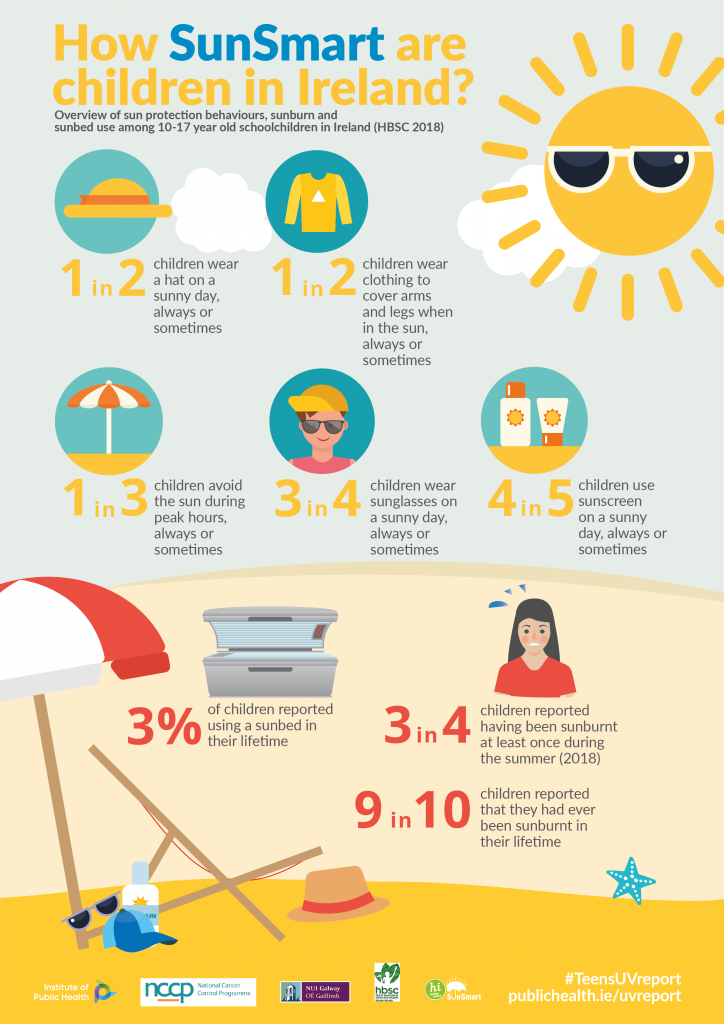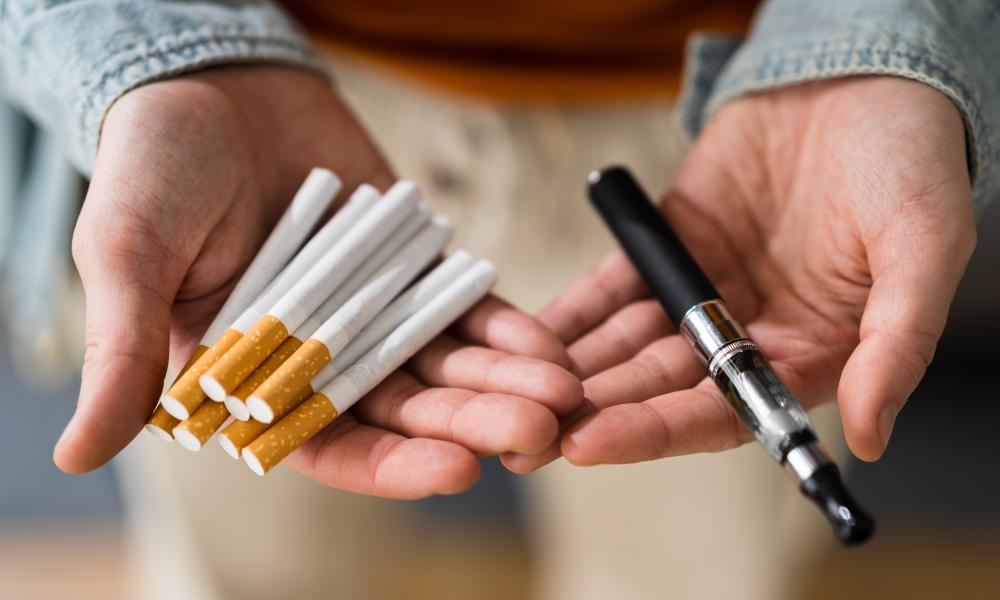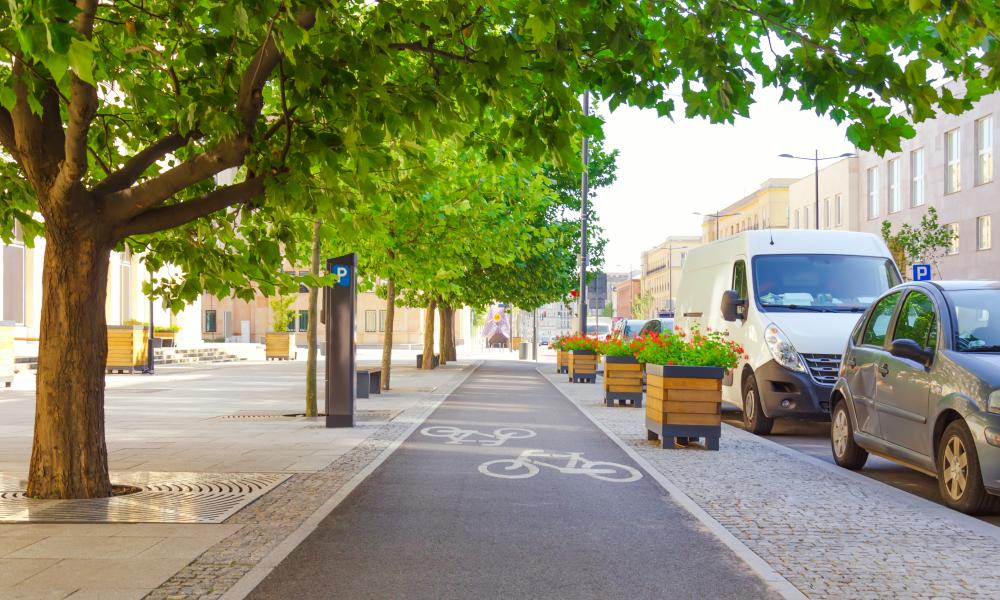
In this blog, Lauren Rodriguez, Public Health Development Officer with the Institute of Public Health, discusses some of the findings from a new report on children’s sun safety behaviours in Ireland.
Skin Cancer is the most diagnosed cancer in Ireland, making it a major public health concern. Nationally, over 11,000 non-melanoma cancers and 1,100 invasive melanomas are diagnosed per year and these figures are set to double by 2045, according to the National Cancer Registry Ireland.
In Ireland, approximately 1 in 5 males and 1 in 9 females will be diagnosed with non-melanoma skin cancer in their lifetime.
However, some skin cancers are largely preventable. Overwhelming evidence suggests that it is especially important to look after skin in childhood and prevent sunburn. Three or four episodes of severe sunburn before the age of 20 is associated with a two to four times higher risk of developing melanoma later in life.
There are things we can do to prevent the risk of developing cancer, like avoiding excessive ultraviolet (UV) exposure and sunbed use, but there are also other factors we have no control over like skin type and family history. Establishing healthy sun/UV habits and attitudes in childhood is key to avoiding a potential skin cancer diagnosis later in life.
Skin Cancer and gender differences
Men in Ireland experience higher rates of melanoma diagnosis and death. Melanoma incidence rates among men have grown significantly between 2011 and 2015, and are 125% higher than they were in the mid-1990s (females are 54% higher). Deaths among men due to melanoma are also increasing.
Why is the report being published now?
In May 2019, the Government released the National Skin Cancer Prevention Plan 2019-2022 which identified children and young people as a priority group for action. The plan called for the development of a comprehensive profile of schoolchildren’s risk and protection behaviours relating to UV exposure to inform the implementation of the plan. This provided the impetus for the creation of the report, Children’s exposure to ultraviolet radiation – a risk profile for future skin cancers in Ireland.
The report presents for the first time data on UV protection and risk behaviours, which are self-reported directly by schoolchildren. The data analysed is from a range of sources, but is presented principally from the Health Behaviours in School-Aged Children (HBSC) Study 2018 which was collected by researchers at NUIG Ireland in collaboration with the World Health Organization Regional Office for Europe.
Sunburn & Sun Protection Behaviours
- 9 out of 10 schoolchildren aged 10 to 17 years reported at least one experience of sunburn in their lifetime.
- Around 3 in 4 children reported sunburn within the last year.
- 8 out of 10 children reported wearing sunscreen and 7 out of 10 reported using sunglasses on sunny days.
- Girls were more likely to wear sunscreen, sunglasses, clothes that cover arms and legs as well as avoid peak UV hours.
- Boys were more likely to report wearing hats.
Sunbed Use
Sunbeds pose an additional risk because sunbeds emit UV-A radiation which penetrates the skin more deeply than other UV rays. Providing a sunbed service to anyone under the age of 18 is a breach of the legislation by the sunbed industry under the Public Health (Sunbeds) Act 2014.
- 3% of 10 to 17-year olds reported using a sunbed in the last 12 months.
- It is not clear whether this represents use in commercial or domestic environments.
More research is required to understand the children’s skin cancer knowledge, tanning attitudes as well as commercial activities of the sunbed industry to make an impact and reverse this concerning statistic.

Policy Response
- An increase in knowledge and awareness of UV harms for children is a key lever for the success of Ireland’s Skin Cancer Prevention Plan 2019-2022. There is evidence to support investment in public health messaging campaigns especially those aimed at children and their parents.
- Australia has implemented one of the most sustained and comprehensive suites of programmes for skin cancer prevention since 1988. This includes an outright ban on sunbeds (2014). These measures have also included the availability of more effective sunscreens, the inclusion of sun protection items as a tax-deductible expense for outdoor workers, the increased availability of long-sleeved sun protective swimwear and a comprehensive programme of grants for community shade.
- The measures in Australia have started to deliver returns. Several studies have shown the cost–benefit of skin cancer prevention with returns on investments estimates of more than $3 (AUD) gained for each dollar invested.
- Climate research predicts hotter summers and more heatwaves for Ireland. Sunburn and UV related cancers are recognised public health impacts of heatwaves. A health in all policies approach is necessary to address heatwaves during summer months in Ireland which represents a pattern of elevated risk for young people in the future.
- Melanin does confer some protection against the risk of UV related skin cancers. However, everyone, of any complexion, is at risk of developing skin cancer and looking after children’s skin in critical. This report will bring us one step closer to developing effective public health messaging related to the prevention of future skin cancers.
- Additional research and data are required to better understand the patterns underlying UV-related risk and protective behaviours. Monitoring is also needed to understand how young children, especially infants and their parents approach sun protection.
Tips to reduce your risk of skin cancer:
- Slip on clothing: Cover skin as much as possible, wear long sleeves, collared t-shirts made from close-woven material that does not allow sunlight through.
- Slop on broad-spectrum (UVA/UVB) sunscreen.
- Slap on a wide brimmed hat: Protect your face, ears, and neck.
- Slide on sunglasses with UV protection: Guard your eyes from harm.
- Shade: Use a sunshade on your buggy or pram, sit in cover of trees to avoid direct sunlight.
- Know the UV index.
- Never use a sunbed.
- Do not deliberately try to get a suntan and avoid getting a sunburn.
Resources
Click here to read the full report


